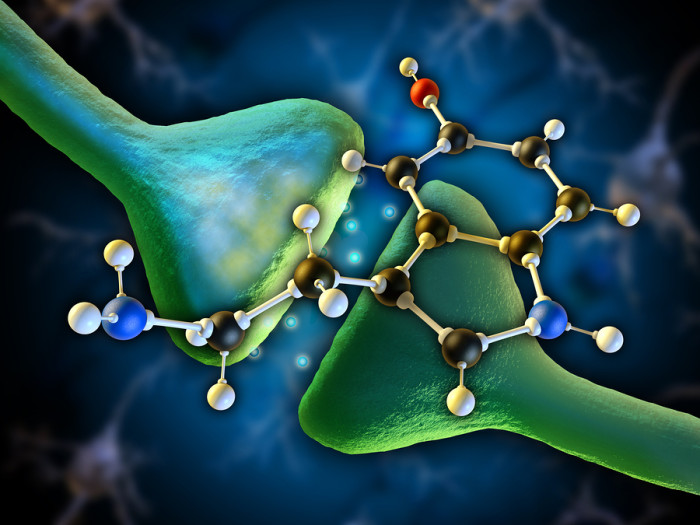Pheromones and other kinds of chemical communication underlie the behavior of all animals. When two dogs meet and sniff, they gain a wealth of information from each other’s smells. Each dog will discover the sex, maturity, and hormonal state of the other; some of these smells will be species-wide dog pheromone signals. Each dog also detects the individual smell of the other, which it learns as a “signature mixture” to remember in case they meet again.
When two ants meet and sweep antennae over each other, they have an olfactory exchange of information similar to that of the dogs, discovering age, sex, ovarian stage (reproductive or not), and caste (worker, soldier, queen), all signals from species-wide pheromones. They also detect the colony odor of the other ant, enabling them to decide by the “signature mixture” whether the other ant is a nestmate or not.
All animals produce a chemical profile, present on the body surface, released as volatile molecules, and from scent marks that they deposit (by dogs on lamp-posts for example). As chemical senses are ancient and widespread, shared by all organisms including bacteria, animals are pre-adapted to detect chemical information in the environment.
Across the animal kingdom, animals of all kinds gain chemosensory information from other organisms. Chemical senses are used to locate potential food sources and detect predators. Chemical senses also mediate the social interactions that form the focus of this book, as illustrated by the dogs and ants above. We can probably say that more organisms use chemosensory communication than any other mode.
A chemical involved in the chemical interaction between organisms is called a semiochemical. Some of the semiochemicals emitted by animals are pheromones, evolved as signals for communication. Other semiochemicals, such as the carbon dioxide in exhaled breath, did not evolve as a signal, but can be exploited as a cue by blood-sucking mosquitoes as a way of finding a host. Some of the other molecules emitted by animals, such as odors due to infections, may also be cues.
Pheromones and signature mixtures are semiochemicals used within a species. Semiochemicals acting between individuals from different species are called allelochemicals and are further divided depending on the costs and benefits to signaler and receiver. Pheromone signals can be eavesdropped (“overheard”) by unintended recipients: for example, specialist predatory beetles use the pheromones of their bark beetle prey to locate them. The predators are using the bark beetle pheromones as kairomones. Animals of one species can emit fake, counterfeit signals that benefit themselves at the cost of the receiving species. Chemical signals used in such deceit or propaganda are termed allomones: for example, bolas spiders synthesize particular moth pheromones to lure male moths of those species. Semiochemicals benefiting both signaler and receiver in mutualisms, such as those between sea anemones and anemone clownfish, are termed synomones.
Ream more about chemical communication here or here, about chemical signals here or about communication via scent here…
